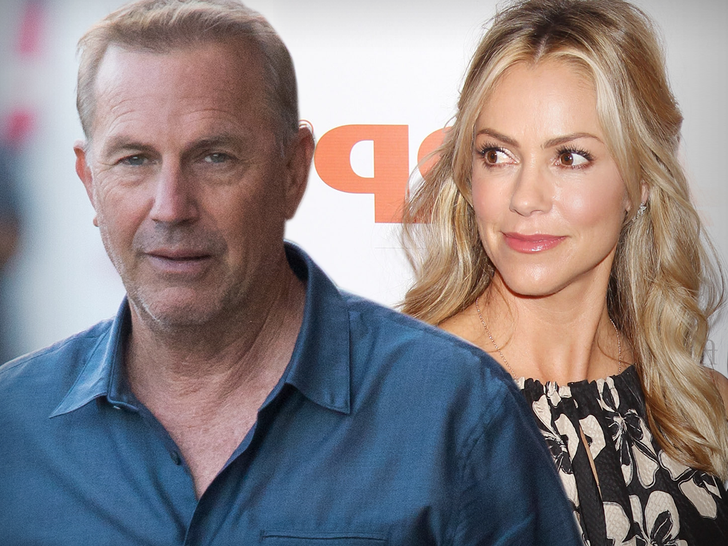Receive free Crown Estate updates
We’ll send you a myFT Daily Digest email rounding up the latest Crown Estate news every morning.
Profits from the British monarchy’s multibillion-pound legacy portfolio of land and property holdings have surged 42 per cent, providing a welcome boost to UK public finances in the wake of King Charles’ decision to reduce the royal take from offshore wind farms.
The Crown Estate, which owns the seabed surrounding Britain up to 12 nautical miles, said on Thursday that it had generated £442.6mn in profits in the last financial year, up by £129.9mn from the previous year.
The increase is largely explained by option fee income from six offshore wind farm licences that came into effect in January. This offset an overall decline in the value of its property portfolio.
Strong wind speeds and relatively shallow waters have helped the UK develop a huge offshore wind industry over the past 20 years, with installed capacity of almost 14 gigawatts, second only to China.
Offshore wind supplied about 11 per cent of UK electricity in 2021 and this is set to grow with the government wanting capacity to reach 50 gigawatts by 2030.
The six lease agreements announced in January include projects off the coasts of Yorkshire and Cumbria, to be developed by companies including BP and TotalEnergies. The marine portfolio, which comprises such leases, now accounts for more than a third of the Crown Estate’s overall value.
“Our enhanced revenue from the . . . offshore wind leasing programme reflects the immense amount of groundbreaking work we have undertaken over the past two decades, working in partnership across many sectors, to create a world-leading offshore wind market,” Crown Estate chief executive Dan Labbad said.
The estate has contributed £3.2bn to the Treasury over the past 10 years, during which the value of its portfolio has risen to £16bn, he added.
Former prime minister David Cameron shook up the way the monarchy is financed in 2011, replacing a fixed annual expenditure known as the civil list — which was decided by the Treasury and overseen by parliament — with a sovereign grant.
The latter is made up of 15 per cent of profits from the Crown Estate, which had been administered entirely for the benefit of the state since 1760. In addition, another 10 per cent of Crown Estate profits was granted by former chancellor George Osborne towards the renovation of Buckingham Palace.
The changes have led, partly as a result of the boom in the UK’s offshore wind farm industry, to a huge increase in the amount the Treasury pays out to the monarchy, rising from £7.9mn in 2011 to £86.3mn last year.
The six new wind farm leases were set to generate more than £8bn for the Crown Estate over the next decade. People campaigning for reform of the monarchy, including the former Liberal Democrat minister Norman Baker, have described the 25 per cent share the royal family is entitled to as an effective tax on renewable energy.
However, King Charles in January announced that he would be redirecting his share in the profits from wind farms to “the wider public good.”
Neither the Treasury nor the Crown Estate have clarified exactly how wind farm profits will now be divided up, nor has government announced yet any possible changes to the sovereign grant which may arise since King Charles acceded to the throne.
There were less favourable omens for the wider UK property market, with the Crown Estate saying that the value of its retail spaces outside London had dropped almost twice as much as that of high-end properties in the capital.
Regional properties’ value dropped by 11.8 per cent to £1.5bn in the year to the end of March owing to negative market sentiment over out-of-town retail parks. London assets also dropped 6.5 per cent to £7.2bn.


























































![Mason Ramsey – Twang [Official Music Video] Mason Ramsey – Twang [Official Music Video]](https://i.ytimg.com/vi/xwe8F_AhLY0/maxresdefault.jpg)




















